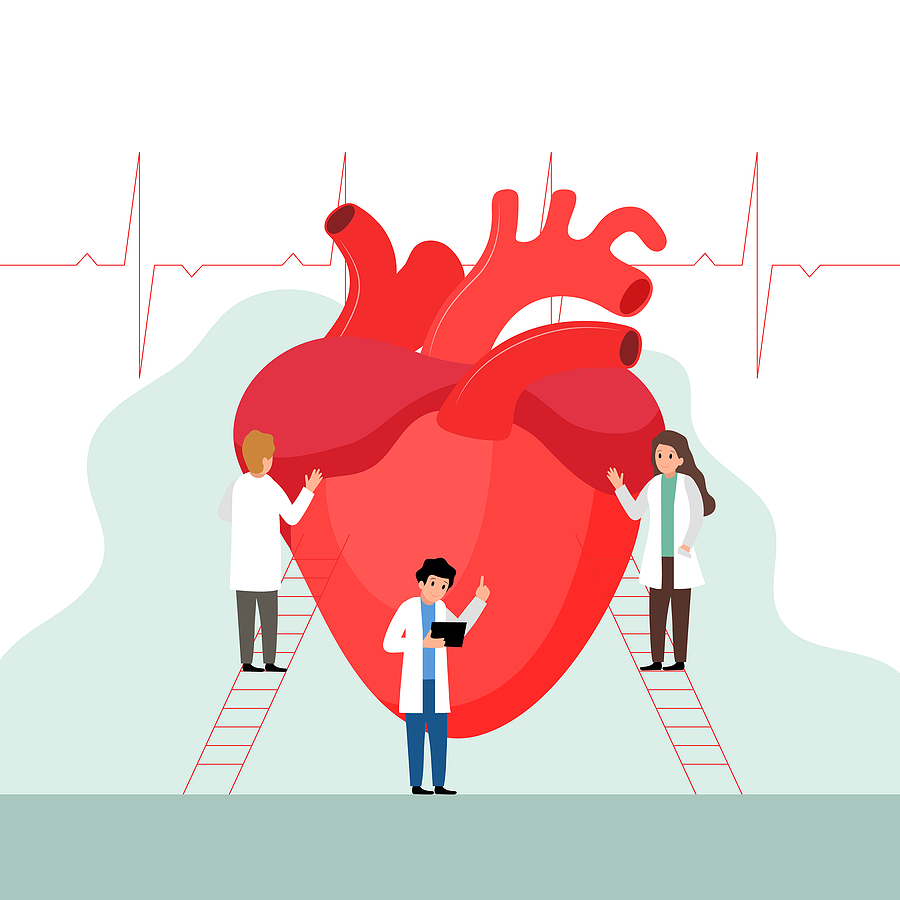Arteries are like hoses in that they can get stiff and hard. It’s called ‘vascular ageing’ but it’s about lifestyle as well as age.
You might remember from your school days that there are two types of blood vessels — the arteries that carry oxygen-filled blood from the heart around the body, and the veins that bring the deoxygenated blood back to the heart.
Here we’re focused on the arteries. Because they take blood to our organs, their health affects the health of those organs.
Problems kick in when they start to age or deteriorate. That happens with the loss of estrogen through menopause. Estrogen is anti-inflammatory which helps to keep arteries supple.
So when we produce less of it, they — along with our heart muscle — get stiffer.
With stiff arteries the heart has to pump harder, increasing the risk of high blood pressure, stroke, heart failure or atrial fibrillation (where the top chambers of the heart beat out of sync with the bottom ones).
A sign that your heart is working harder is that the top number of your blood pressure reading increases. That number is a measure of the pressure against the artery walls when your heart pushes blood out to the body.
What else makes arteries ‘old’?
The list includes processed food, smoking, high insulin, exposure to toxins (e.g. pollution or industrial chemicals), lack of exercise, and prolonged physical and emotional stress.
Physical stress refers to extreme prolonged exertion, and emotional stress includes depression, anxiety, anger, conflict and work stress. About 30 years ago the Japanese also identified that ‘broken heart’ syndrome increases the risk of heart disease.
According to Dutch heart specialist Angela Maas, emotional stress is a big factor in heart disease for women.
In a way though, everything on the list above stresses the body. All can trigger the production of chemicals that cause inflammation and oxidation, two related processes of ageing.
Inflammatory chemicals cause constriction and spasm in the arteries, reducing blood flow to the heart and starving it of oxygen.
Professor Maas argues that this is a feature of heart attacks in women. While it can also occur in men, men’s heart attacks are often about one of the heart’s main arteries becoming blocked.
The stereotypical image of a heart attack is of a man clutching his chest in pain. Women may still have pain or tightness in the chest, but it’s likely milder, and can be accompanied by shortness of breath, nausea, weakness, exhaustion, or pain in the jaw, back or between the shoulder blades.
For a long time it was assumed that there was only one style of heart attack — the typical male one — and women who presented with chest pain but no heart blockage were often referred to a psychiatrist.
Photo Source: Bigstock

